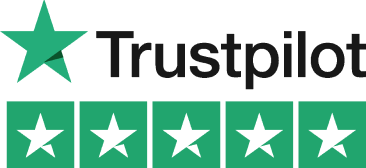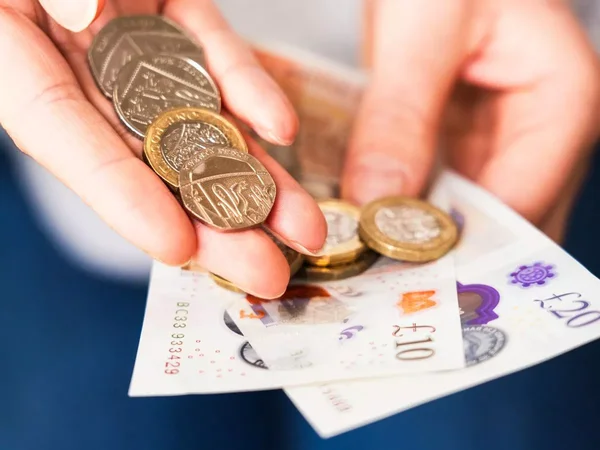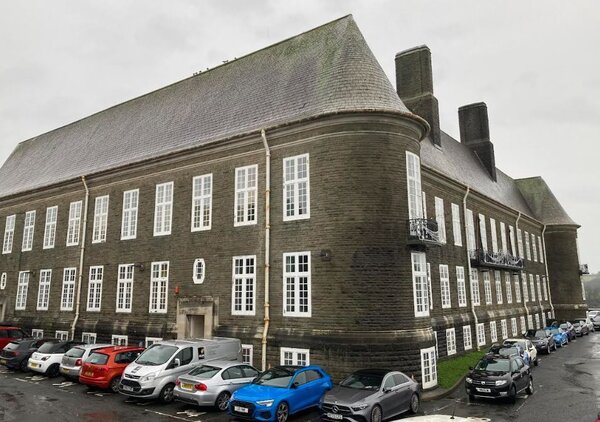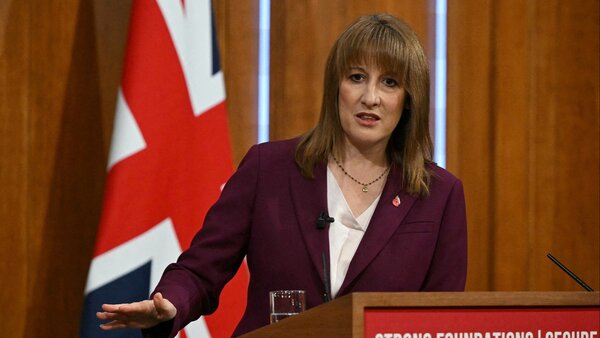Let’s break it down
Totally confused about VAT-inclusive vs VAT-exclusive prices? Don't worry, it trips up plenty of small business owners!At first glance, it can feel like a bit of a minefield. But once you’ve got the difference nailed (and a couple of handy formulas under your belt), it’s much easier to stay on top of pricing and keep things clear for your clients.
If you want to skip the mental maths, the Pie Tax app can help keep your pricing and VAT calculations on track, no spreadsheets needed.
But if you’re just after a simple explanation, let’s break it down bit by bit below!
What Does VAT Inclusive Mean?
When a price is VAT inclusive, it means the Value Added Tax (VAT) is already built into the total amount shown, with no extra charges added at the end. What you see is what you pay.
This is the go-to pricing method for B2C transactions, especially in retail, hospitality, and online shopping, where simplicity and transparency really matter.
For example, if an item is priced at £120 including VAT, and the UK VAT rate is 20%, the net price (or VAT exclusive portion) is £100, and the remaining £20 is the VAT charged. The buyer just sees the £120 and knows that’s the full purchase price.
Why does this matter? It keeps things clear for customers, with no surprise VAT amounts at checkout, and builds trust in the pricing. For VAT-registered businesses, it also means fewer disputes or confusion over what’s included.
But don’t forget, even with inclusive pricing, you still need to separate and report that VAT portion properly in your VAT returns and business records!

What Does VAT Exclusive Mean?
When a price is VAT exclusive, it means the Value Added Tax (VAT) isn’t shown upfront, it’s added on top. So if you see a VAT exclusive price of £100, and the standard UK VAT rate is 20%, the final amount your customer pays is £120.
This type of pricing is super common in B2B sales, especially when selling to other VAT-registered businesses. Why? Because most businesses can reclaim VAT they’ve paid on business-related purchases, so they care more about the net price than the total including tax.
One of the big benefits of tax exclusive pricing is that it gives a clearer view of the actual business expense, which helps with VAT returns, managing input VAT, and staying compliant with HMRC VAT rules.
Just one thing to remember! If you’re quoting or invoicing using VAT exclusive prices, make it super clear. Add a note like “+VAT” or specify the VAT rate so your clients aren’t caught off guard when the tax amount is added at checkout. Easy!
Calculating VAT Inclusive and Exclusive Prices
Getting your VAT calculations right isn’t just about good bookkeeping, it’s a big part of staying compliant with HMRC and making sure you’re charging the correct VAT amount on every sale.
The good news? Working out VAT inclusive and VAT exclusive prices is easier than it sounds once you’ve done it a few times.
For VAT-inclusive pricing, where the tax is included in the total, you can use a quick formula: divide the total price by 1 + the VAT rate. So, if something is £120 including VAT and the rate is 20%, divide by 1.2. That gives you the pre-VAT selling price of £100, and £20 is the VAT charged.
To flip it: say you’re quoting a VAT-exclusive price and want to show the total cost including VAT—just multiply by 1.2 (for 20%). So £100 becomes £120 with standard rate VAT added. The HMRC’s Business Income Manual has some really handy info on all of this.
These calculations might seem small, but they’re essential for accurate VAT returns, clear invoicing, and figuring out how much input VAT you can reclaim.
And if you’re dealing with lots of numbers each week? The Pie Tax app takes care of the heavy lifting!

Choosing the Right Pricing Strategy for Your Business
Picking between VAT inclusive or exclusive pricing isn’t just about what looks better on paper! It’s about what works best for your customers and your bottom line.
If you’re selling direct to consumers (B2C), inclusive pricing is usually the way to go. People want to know the final amount they'll pay: no surprises at checkout. But in B2B settings, especially when dealing with other VAT-registered businesses, exclusive pricing tends to be the norm since your clients will likely reclaim the VAT anyway.
Think about how your pricing impacts cash flow too. If you're not clear about whether VAT is included, you might end up undercharging, or annoying customers.
Whatever you go with, just be crystal clear on your invoices, website, or quotes. That one line, "price includes VAT" or "plus VAT at 20%", makes all the difference.
How VAT Display Rules Differ for B2B and B2C
The way you show VAT on your prices depends a lot on who you're selling to.
If you’re selling direct to consumers (B2C), you’re legally required to show VAT-inclusive prices. That means the final price customers see must already include VAT – no surprises at checkout. This is especially important on retail websites, product labels, or anywhere the public is browsing and buying.
But for business-to-business (B2B) sales, you’ve got a bit more flexibility. You can display prices excluding VAT, as long as it’s crystal clear VAT will be added. Most businesses expect this and prefer seeing the net price since they can usually reclaim the VAT later.
There are some industry quirks to watch out for too. For example, hospitality and telecoms often need to show both inclusive and exclusive prices depending on the setting.
Bottom line? Be clear, be consistent, and tailor your pricing display to the people you’re selling to. It makes for smoother sales and keeps you on the right side of the rules!

Tips for Communicating Prices Clearly to Customers
When it comes to VAT-inclusive and VAT-exclusive pricing, a little clarity goes a long way, especially if you want to keep your customers happy (and avoid awkward emails later).
Start by labeling your prices clearly. Whether you’re sending out quotes, raising invoices, or listing products on your website, always say whether the price is “including VAT” or “excluding VAT.” It’s a quick win and helps avoid confusion, especially for B2C customers who expect to see the full price with VAT upfront.
If you're working with business clients (B2B), they're often fine with VAT-exclusive prices. Just make sure it’s clearly stated so they know what they’re being charged and can reclaim the VAT if they’re eligible. And whatever you do, stay consistent!
Bonus tip? If you’re switching between standard rate (20%), reduced rate (5%), or zero-rated items, make it obvious. Customers like transparency, and it helps with your VAT compliance too.
Final Thoughts
So, what’s the deal with VAT inclusive vs VAT exclusive prices? In short, it all comes down to who you’re selling to and how clearly you want to present your prices.
VAT inclusive pricing is great for consumers: what they see is what they pay. VAT exclusive, on the other hand, is more common in B2B, where both sides know VAT will be added and can usually reclaim it.
We’ve also covered how to calculate both, the benefits of each approach, and how to choose the right pricing strategy for your business. The key takeaway? Know your audience, communicate clearly, and always double-check your VAT maths.
And if you want help managing it all behind the scenes, the Pie Tax app is here to make VAT less of a headache!

Make VAT One Less Thing to Worry About
VAT can be fiddly, but it doesn’t have to be! The Pie Tax app keeps things simple by helping you track expenses, calculate VAT, and file your returns without the usual stress.
Designed for small businesses, it takes the guesswork out of tax. You’ll get clear prompts, helpful reminders, and tools that actually make sense (no accounting degree required).
It’s all about saving time, staying compliant, and giving you more headspace to focus on your business, not your bookkeeping.
Tidy, efficient, and made to fit around real life. Try Pie Tax and see how easy VAT can be.










